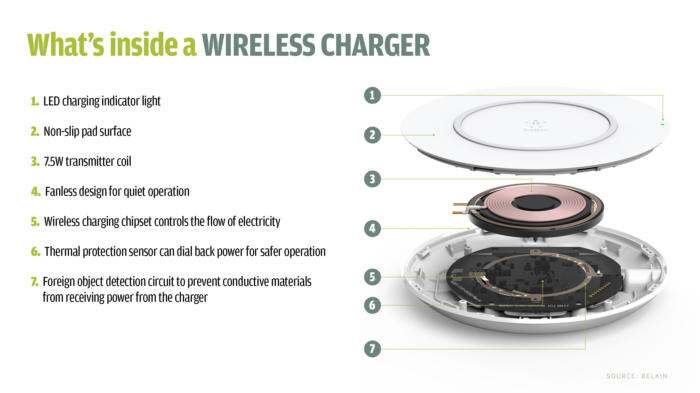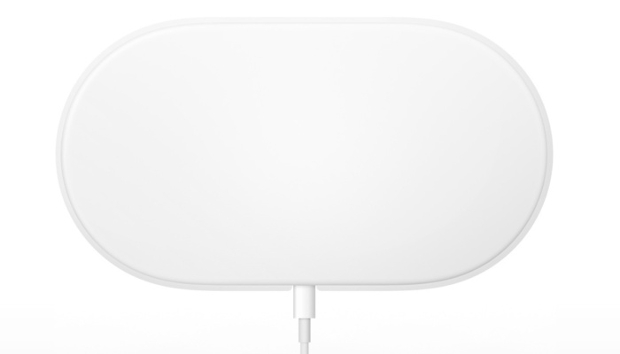It’s approaching a year since Apple announced that it would release its first wireless charger to go along with the first iPhones that could be wirelessly charged.
Apple said its AirPower charger would be released this year. As is typical, pundits have speculated before each Apple news event since then that the company would finally reveal the device; that has yet to happen. Some publications speculated a release this past February; others predicted March.
If yet another prognosticator is to be believed, Apple will unveil the AirPower charger in September – exactly one year after announcing it.
At the time of its 2017 announcement, Apple described the AirPower pad as capable of charging three devices at the same time: an iPhone 8 or iPhone X, an Apple Watch Series 3 and AirPods via their charging case.
Since there are already wireless chargers available today capable of charging three devices at the same time, an obvious question some have asked is why it is taking Apple so long, especially since Apple will use the widely adopted Qi-charging specification.
Last month, a Bloomberg article claimed that Apple engineers have been attempting to address technical hurdles, ceding the wireless charging market to third party competitors. In fact, Apple even recommended that users purchase wireless charging pads from Mophie and Belkin to use with the iPhone 8 and iPhone X lines.
Apple is likely addressing a number of issues with its charger that are not present in current third-party chargers, such as adjusting electrical current and charging duration for each device placed on it.
The technical challenge for Apple is not only to detect and charge multiple devices with different power requirements, but to do so with these devices placed in an ad hoc fashion on the charger, according to Mark Hung, a vice president of research at Gartner.
“Given the delay, I assume Apple’s engineering team has found this challenge to be a little tougher than what they had originally expected,” Hung said.
Current wireless charging pads that allow up to three devices to power up at the same time require them to be placed in specific locations – basically X marks the spot on the pad.
“Whereas with AirPower, you’re able to place it willy-nilly anywhere you like,” Hung said.

Image: Belkin
Developed under the Wireless Power Consortium, Qi is the most popular wireless charging specification and is supported by more than 230 companies, including Samsung, Sony, Delphi Automotive and Energizer. Apple became a WPC member last year.
The standard supports both tightly coupled, or inductive, wireless charging and loosely coupled, or resonant, wireless charging, which allows an enabled mobile device to be up to 1.75″ away from a charging pad and still receive power. That distance allows mobile devices to be more loosely placed around pads in order to charge rather than needing to be placed in an exact spot to receive power, but the leeway is still tight.
Qi charging devices are capable of scaling from less than 1W to more than 2,000W of power for charging large appliances. But for mobile devices, it transmits up to 15W, enabling charging at the same speed as wired charging.
Apple’s AirPower pad will likely at least support fast charging – the transference of 7.5W of power versus 5W for most chargers today.
IDG News Service








Subscribers 0
Fans 0
Followers 0
Followers